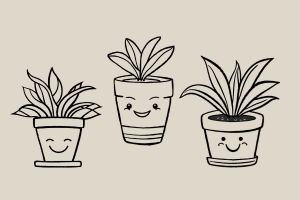
Drainage Tips and Techniques for Potted Plants
Understanding the Importance of Drainage
Proper drainage is crucial for potted plants as it allows excess water to escape, preventing waterlogging and root rot. Without adequate drainage, plants may suffocate and experience stunted growth.
Choosing the Right Pot and Soil Mix
Opt for pots with drainage holes at the bottom to facilitate water flow. Additionally, use a well-draining soil mix that consists of ingredients like perlite, sand, or peat moss to promote proper drainage.
Adding Drainage Materials
Incorporate a layer of rocks, gravel, or broken pottery at the bottom of the pot before adding soil. This layer helps prevent soil from blocking the drainage holes and allows water to escape freely.
Elevating the Pot
Place pot feet or small blocks under the container to elevate it slightly above the surface. This elevation promotes airflow and prevents the pot from sitting in excess water, aiding in drainage.
Monitoring Watering Practices
Water your plants thoroughly but ensure excess water drains out of the pot. Avoid overwatering, as this can lead to water accumulation and poor drainage. Empty saucers regularly to prevent water from pooling around the roots.
Repotting When Necessary
If you notice signs of waterlogging or root rot, consider repotting your plant into a container with better drainage. Trim any damaged roots and replace the soil to promote a healthier root system.
Conclusion
By implementing these drainage-enhancing techniques, you can create an optimal environment for your potted plants to thrive. Good drainage is key to preventing water-related issues and promoting healthy growth and development.